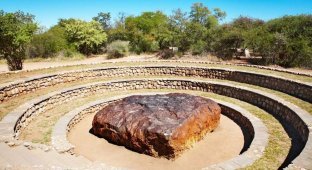The Willamette meteorite is a natural rarity and an ancient heritage of the Indians (7 photos + 1 video)
One of the treasures in the permanent collection of the American Museum of Natural History is a huge chunk of extraterrestrial rock officially called the Willamette meteorite. Weighing 15.5 tons, it is the largest meteorite ever found in the United States and the sixth largest in the world. 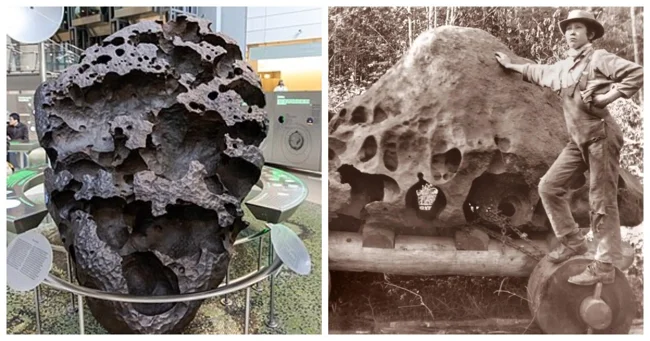
The Willamette meteorite is composed primarily of iron and nickel, and like all such objects, it formed billions of years ago, when the solar system was still forming from cosmic dust. Under the influence of gravity, these dust particles gathered together to form protoplanets, and heavier metals such as iron and nickel sank inward to form the core. 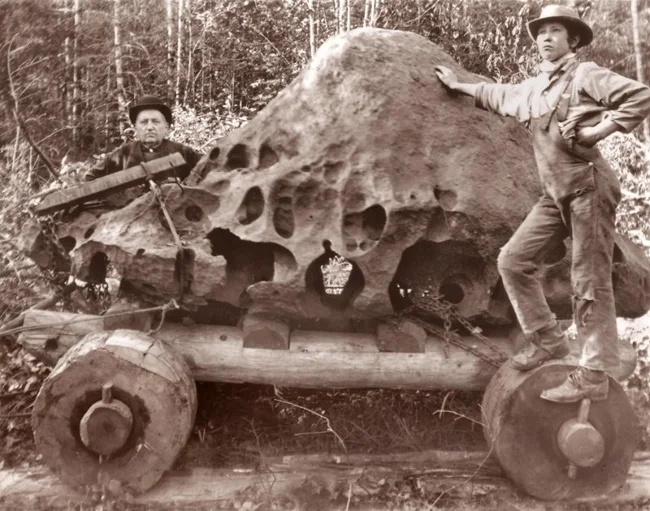
After some time, the protoplanet collided with another planetary body, causing it to break apart and throw pieces of rock rich in iron and nickel into space. 
The fragments of the protoplanet continued to circle the sun for the next several billion years, until about 17,000 years ago, when the orbits of the Earth and one of the rocks that would become the Willamette meteorite intersected. The meteorite slammed into the Earth at over 40,000 mph (64,000 km/h), somewhere in the ice cap of western Canada. 
Close-up
Over the course of centuries, moving glaciers slowly carried the meteorite to Montana, to an area of ice barrier formed by the Clark Fork River. This barrier trapped a huge amount of water in Lake Missoula. Just as the meteorite reached this area, the ice dam broke, causing one of the largest floods ever recorded. Trapped in ice, the meteorite floated down the Columbia River until its icy shell cracked and it sank to the bottom of the river near present-day Portland. 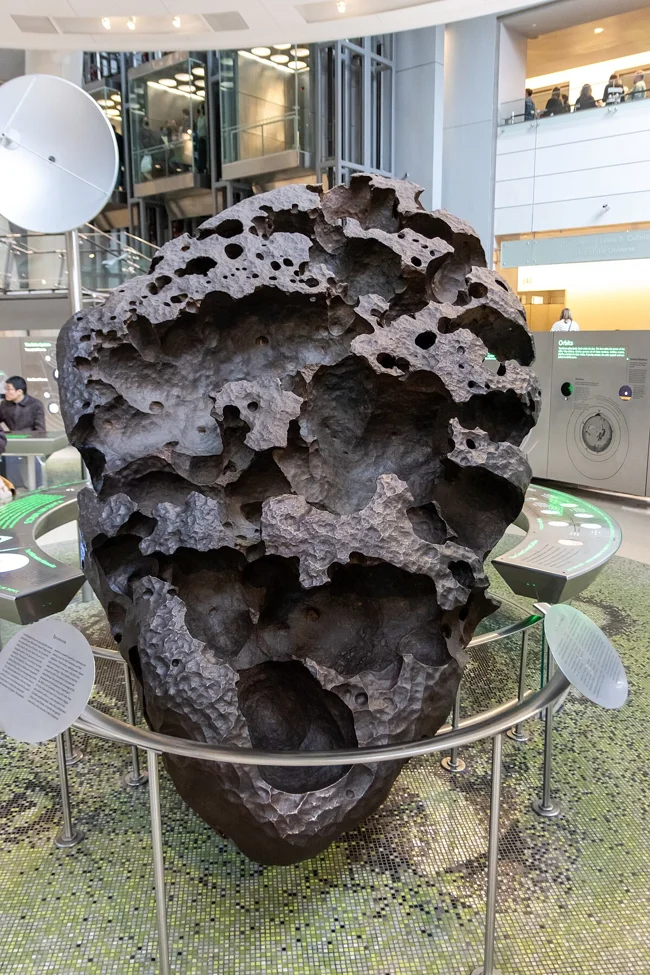
The Willamette Meteorite at the American Museum of Natural History
At the end of the last Ice Age, when the waters receded, the meteorite was exposed to the elements. Over thousands of years, rainwater mixed with the iron sulfide in the meteorite to form sulfuric acid, which slowly dissolved parts of the rock, creating depressions on its surface. 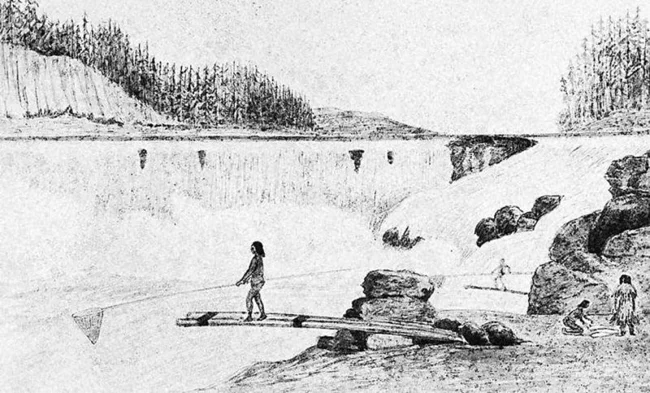
Clackamas Tribe
This meteorite was first discovered by the Clackamas Chinook tribe, who lived in the Willamette Valley of Oregon before European settlers arrived. The Clackamas named the meteorite "Tomanowos," believing that the stone was a representative of the Sky People and represented the union of heaven, earth, and water. 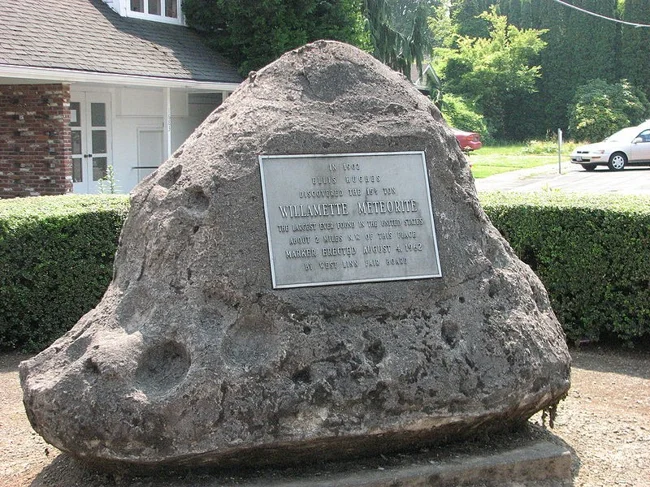
Willamette Historic Site Where Ellis Hughes Discovered the Meteorite in 1902
To the Clackamas, Tomanowos was sacred. They revered it as a spiritual being with the ability to heal and empower the people of the valley. They used the stone in various ceremonies, using water collected in the fissures of the meteorite for purification and self-purification. Tribal hunters dipped their arrowheads in the water before going out to hunt.















